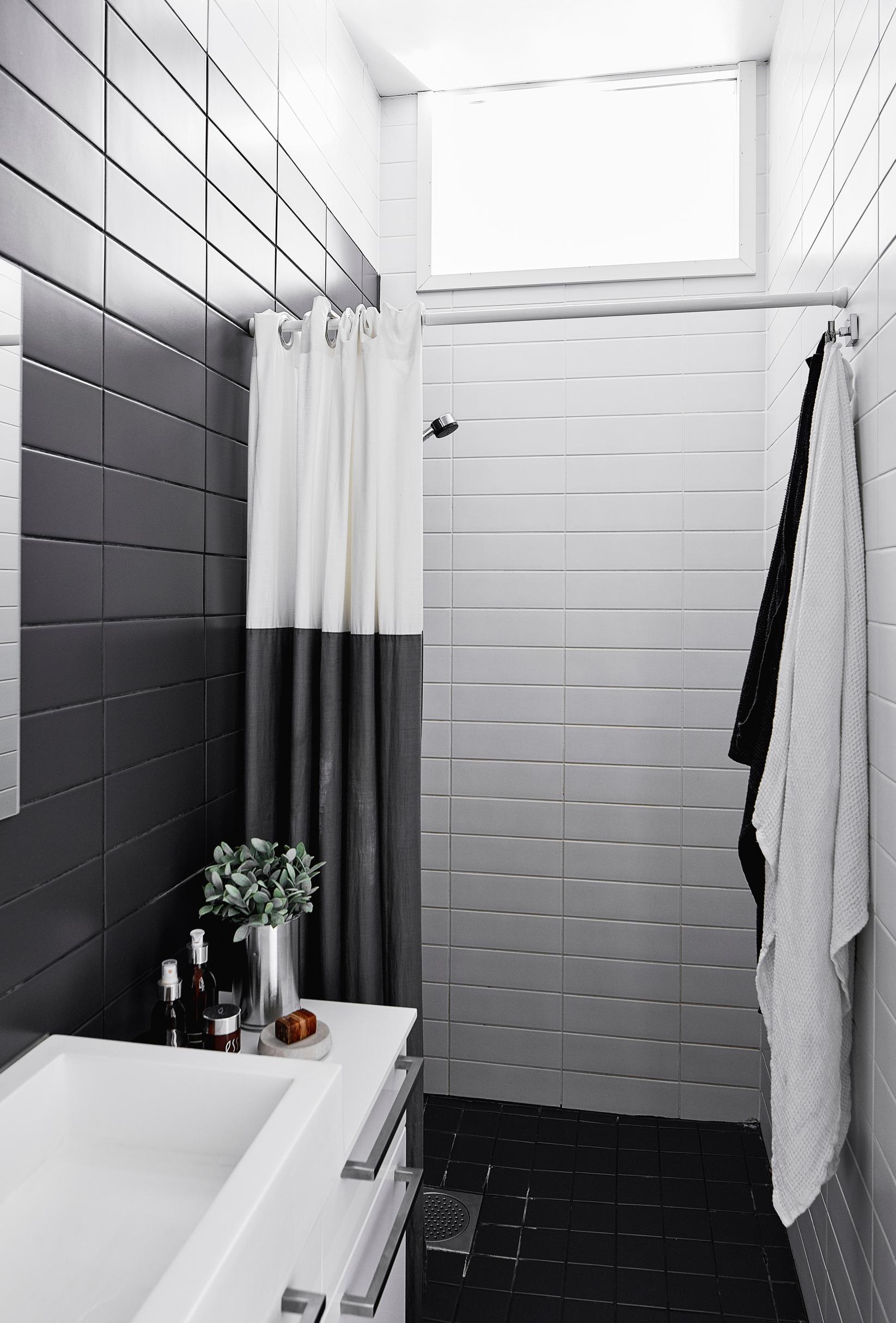
Refresh your bathroom easily with tile paint: tips for a perfect finish
Refresh your bathroom in no time with tile paint, grout pens, and grout-restoring agent. Discover how to update your bathroom’s look in a single weekend and what to consider during the process!
Tile paint is an easy and cost-effective way to update your bathroom’s appearance. As long as the tiles are intact and the waterproofing beneath them is in good condition, you can paint them. With careful preparation and painting, the new surface will resist moisture and wear well.
Specific paints are available for tile floors and walls, and there is a wide variety of colors to choose from. The paints are typically water-based, which makes cleaning the tools and work area easier.
How to use tile paint: from prep work to a flawless finish
Preparation: protect and clean
Begin by cleaning the surface to be painted with a suitable cleaner, following the product instructions. Use a grout cleaner to remove all grease and lime deposits from the tiles and grout to ensure the paint adheres evenly. For a final touch, you can clean the grout with a magic eraser. Be sure to follow the product instructions and allow the surface to dry thoroughly, approximately 24 hours.
Once the tiles are clean, protect the surrounding areas as necessary; you can use newspapers, for example. Use painter’s tape to carefully mask off where the tiles meet the wall.
Painting with tile paint: primer and two coats
Apply an adhesion primer to the tiles to increase surface porosity and help the paint adhere better. Use a furniture paint roller or a mohair roller. Allow the surface to dry thoroughly.
Once the primer is dry, apply the tile paint over both the tiles and grout. Stir the tile paint thoroughly before use. When using a roller, paint both horizontally and vertically to ensure even coverage. Use a brush for finishing touches.
Pro tip!
Tile paint typically adheres well but may be somewhat runny. Avoid overworking the paint, as this might result in a streaky finish. The surface may appear slightly uneven when wet, but it will level out as it dries.
A second coat may be necessary, particularly if the tiles are dark or patterned. Let the first coat dry completely, waiting at least 24 hours before reapplying. For floor surfaces, three coats are recommended.
Between painting sessions, it’s wise to place your tools in water and seal them in a plastic bag to prevent them from drying out. Remove any painter’s tape used for masking between coats, as it can stick firmly to the paint once it’s dry. Once the job is finished, clean your tools with water and soap.
Finishing: neaten up the grout!
Use a grout pen to draw new grout lines over the painted tiles. Let the tile paint dry for 24 hours before using the grout pen. Shake the pen vigorously and test it on a hard surface to make sure the color flows evenly before you begin.
While working, keep the pen tip angled downward to allow the paint to flow to the tip. If you need a second coat with the grout pen, let the first layer dry for 24 hours.
Restore stained grout
A grout-restoring agent can renew discolored, dirty, and blotchy grout lines that don’t get clean with regular washing. The product is applied over grout lines and tiles with a wide nozzle. Let it dry for about 30 minutes, then wipe off any excess from the tiles with a damp sponge. Allow it to dry for two days. The white product can also be tinted with color pigment.


